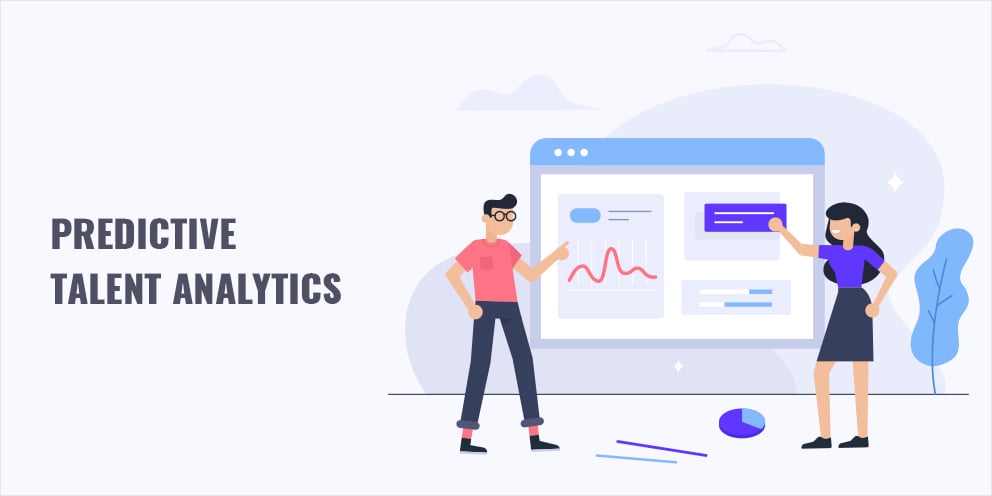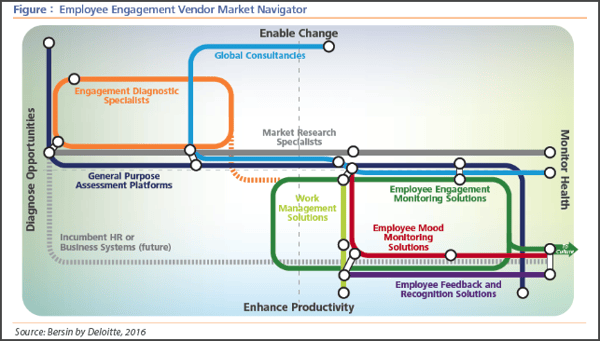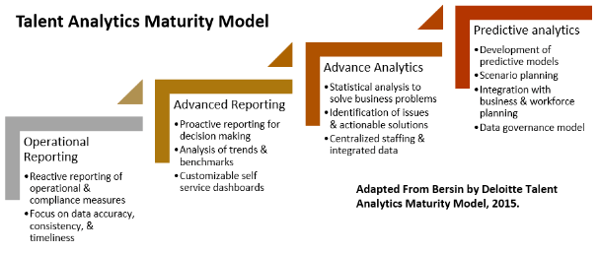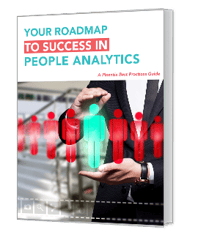
One of the most pressing talent shortages today is in Human Resources. The skill set required to advance down the path of people analytics is scarce and expensive. Finding the skills to get actionable intelligence from data is hard enough – then we add the requirement for deep talent management expertise.
Did we hear someone muttering about purple squirrels?
Data Scientist Skill Sets
A data scientist needs much more than scientific and analytical skills. The competency requirements touch a broad range of disciplines.
- strategic thinking and the skills to communicate the vision to all stakeholders at every level;
- data visualization expertise and the ability to tell a compelling story;
- business acumen and knowledge of business performance and growth;
- statistical, mathematical, and programming knowledge to isolate and capitalize on relevant information in a sea of data (most of which is irrelevant);
- knowledge of technical infrastructure, including cloud integrations;
- experience in data governance and security; and
- skills in data preparation, profiling, cleansing, and transformation.
Expecting any two people to have all of these attributes is unrealistic, let alone one. It will require the combined effort of several people.
You may have all the talent you need already in your organization. You may need to acquire the talent. In many cases, the best approach is to partner with an analytics consultant.
In their recent book on People Analytics in the Era of Big Data, Jean Paul Isson and Jesse Harriot give us the concept of a People Analytics Center of Excellence. Its purpose is to create a team of data evangelists.[1] What we call it is putting the right people in place.
Build a Talent Analytics Team
Isson and Harriot speak to creating an analytics team that comprises technical expertise, scientific and business skills, analysts and storytellers. We add three more core competencies:
- Functional exp
/Data%20Sheets%20Landing%20page%20and%20email%20Images/D14_HCM_People%20Analytics_LP.png?width=213&name=D14_HCM_People%20Analytics_LP.png) ertise in talent management, encompassing the entire range of talent management activities and concepts.
ertise in talent management, encompassing the entire range of talent management activities and concepts. - Functional expertise in every area of the business. Many business entities have shared talent challenges, but each also has its unique needs. An analytics team should never have a working session about any segment of the organization without one or more people inside that group. This rule works two ways. Not only can you learn about the particular requirements of that business unit, but you also have an opportunity to co-opt them into the change management effort.
- Change management expertise. The most important change in transforming from an IT-driven reporting structure to a user-centric analytics model is not the technical work. It is the cultural shift: a seismic change in the way people gain, analyze, and use information.
Align to the Business
The first order of business for a talent analytics team is developing a strategy and aligning to the organizational objectives. Ideally, the team will have a mandate from the executive suite. Sometimes, they will not. Many executives don’t trust HR data, and like even less using anything but their judgment to make people decisions.
Working with the executive suite requires a deft touch. Success in analytics begins with asking the right questions. Most executives are not analytics visionaries. They are problem-solvers. Frame your discussions from the perspective of impact on the business.
The best approach may be to start with a small initiative with significant impact to show the value of using data to influence decision-making. Many organizations have had success with improving turnover rates by using analytics to alert them when people are likely to leave. Others are improving quality of hire with data-informed assessments.
Take the Long View
Many initial forays into analytics can have a quick payoff, but the work has only begun. The goal is to create a culture where decisions are made on the best available information by the people closest to the problem or opportunity.
References:
1. Isson, Jean Paul, and Jesse Harriott. People Analytics in the Era of Big Data: Changing the Way You Attract, Acquire, Develop, and Retain Talent. Hoboken: John Wiley & Sons, 2016. Print.
2. Only Human: The Emotional Logic of Business Decisions. Fortune Knowledge Group (Time, Inc.). 2014.
Pixentia is a full-service technology company dedicated to helping clients solve business problems, improve the capability of their people, and achieve better results.








